On weekdays, South Korean tech company Naver Corp’s new headquarters near Seoul resembles a scene straight out of a science-fiction movie, with some 40 robots ambling across floors and delivering parcels and Starbucks coffee to humans.

The Rookies, as the robots are called, weave their way between people and even take a see-through elevator reserved for them to traverse the building’s 28 floors. Crucially for Naver, the Rookies’ brains are stored in the cloud and connected to the robots via a private superfast 5G network.
While the robots seem to be doing their jobs well, senior Naver executives are cautious on the commercial future of the fledgling robot business, on which the company has already invested $550 million, as 5G technology presents challenges.
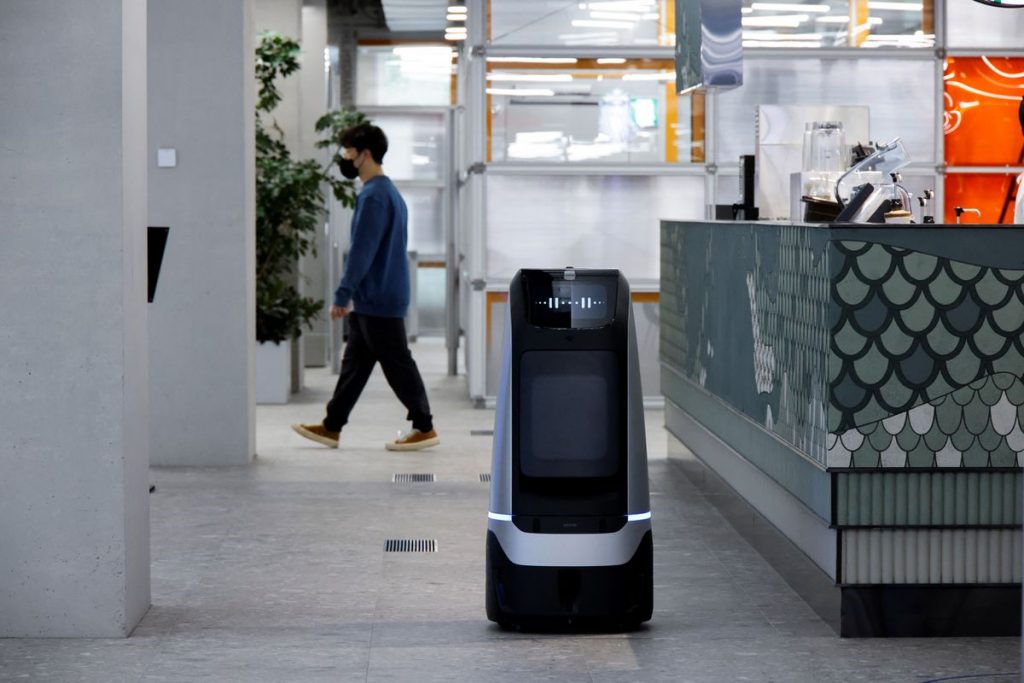
“This will be a long-term task,” Seok Sang-ok, CEO of R&D arm Naver Labs, which leads the robots project, told Reuters, declining to make any financial forecasts for the business.
Naver is South Korea’s dominant search portal operator and one of its 10 most valuable listed companies with a market capitalisation of $35 billion. It has been making a push into 5G, becoming the country’s first non-telecoms company to be allowed to run a locally licensed 5G network in December.
Naver’s cautious outlook for the robots business underscores the challenges companies face in turning innovative ideas that 5G has promised into commercial successes.

These include regulatory hurdles involving new services like autonomous driving, patchy network rollouts and incremental upgrades in technologies.
And even in a technologically advanced country such as South Korea, Asia’s 5G pioneer which launched a fifth-generation mobile network in 2019, demand for the service has remained muted and telcos have been reluctant to invest the massive sums needed to ramp up connection speeds to support services like autonomous driving.




















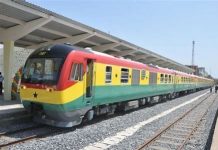



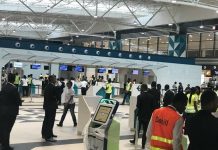













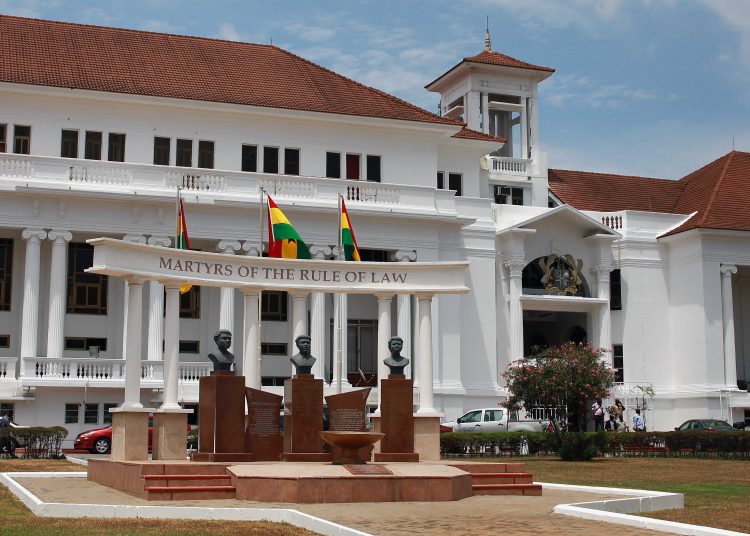















![[FREE FREE MONEY] Predict and Win a Guaranteed GH¢200 From Us EVERY WEEK](https://wordpress.ghanatalksradio.com/wp-content/uploads/2022/02/Predict-and-Win-Final-09-03-2021-218x150.jpg)
![[Predict & Win – 8th/Oct.] WIN A Guaranteed ¢200 From Us This Week](https://wordpress.ghanatalksradio.com/wp-content/uploads/2021/10/maxresdefault-16-218x150.jpg)
![[Predict & Win – 2nd] WIN A Guaranteed ¢200 From Us This Week](https://wordpress.ghanatalksradio.com/wp-content/uploads/2021/09/maxresdefault-50-218x150.jpg)
![[Predict & Win – 25th] WIN A Guaranteed ¢200 From Us This Week](https://wordpress.ghanatalksradio.com/wp-content/uploads/2021/09/maxresdefault-36-218x150.jpg)
![[Predict & Win – 18th] WIN A Guaranteed ¢200 From Us This Week](https://wordpress.ghanatalksradio.com/wp-content/uploads/2021/09/maxresdefault-23-218x150.jpg)
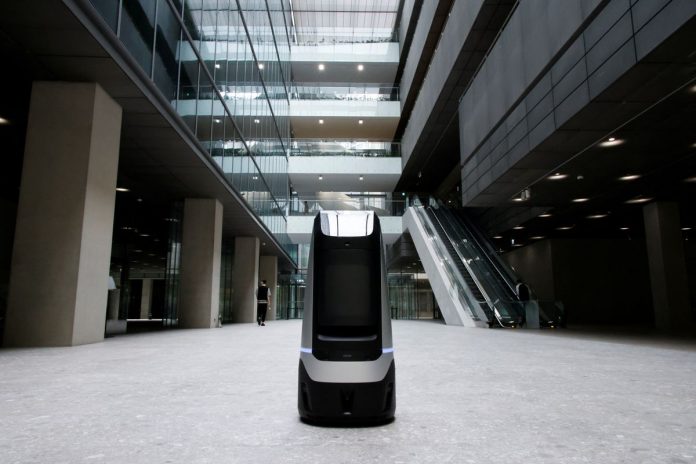








![[National cathedral] See full list of churches that have contributed since 2018](https://wordpress.ghanatalksradio.com/wp-content/uploads/2020/09/Ghana-National-Cathedral-GhanaTalksRadio-100x70.jpg)



